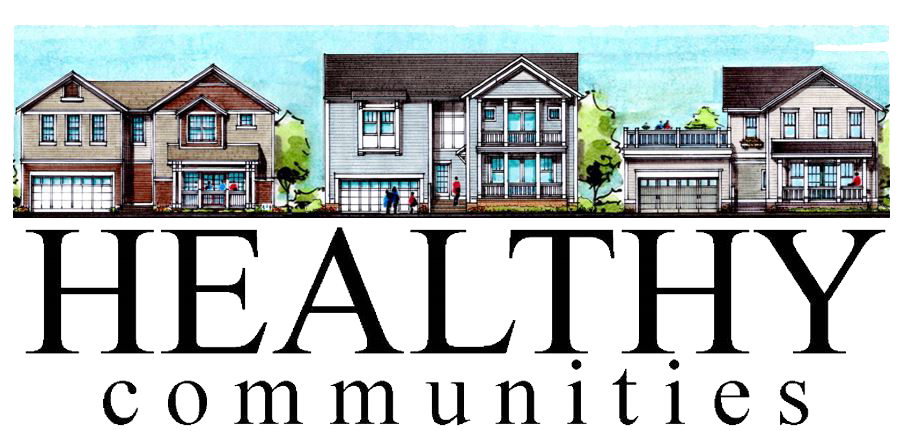Ready to build your dream house? While focusing on important features like square footage, room count and finishes are likely at the forefront of your planning, many homeowners are choosing to incorporate eco-friendly options into the overall design of new houses. These environmentally-friendly homes are called Zero Energy Ready Homes, and reducing carbon emissions is at the heart of all ZERH building practices. Here’s what you need to know about Zero Energy Ready Homes and bi-directional living.
What is bi-directional living?
Bi-directional living (BDL) is a concept that homeowners, design professionals and construction teams can embrace. This concept involves the cause-and-effect relationship consumers have with their environment and vice versa. BDL helps clarify how every component in ZERH building practices can positively affect the environment through better household efficiency and a reduced carbon footprint.
How are bi-directional living strategies employed in Zero Energy Ready Homes?
There are many strategies that promote bi-directional living in Zero Energy Ready Homes. Many of these design techniques and material considerations aren’t just good for the environment, they’re also good for your wallet. Here are some of the common bi-directional living considerations in Zero Energy Ready Homes:
- Energy systems: One of the primary creators of carbon emissions is energy consumption within a household. ZERH properties employ clean power systems. They also accommodate electric vehicles and have a supplemental power source when the primary one is out. Electric vehicles reduce your daily carbon footprint outside the home, extending your positive impact on the environment.
- Recirculating pumps: Gas furnaces and the need for hot water on demand contribute to carbon emissions as well as water waste in traditional homes. Homes that have been designed with ZERH building practices in mind make use of recirculating pumps for hot water. A Hot Water D’MAND system saves a homeowner over 9,000 gallons per year. In turn, this reduces electric utility carbon dioxide emissions by, on average, between 996 and 2,707 lbs every year.
- Insulation: One of the top sources of energy waste in a home is poor insulation. A home that’s airtight is much easier to heat and cool, since the treated air has no way to leak out from the home other than by opening a window or door. Zero Energy Ready Homes are typically insulated with cellulose insulation rather than fiberglass. Not only is this more effective in keeping your home at an ideal temperature, but it’s also an environmentally-friendly material in and of itself, since it’s manufactured with recycled wastepaper.
- Efficient appliances: The appliances you use on a daily basis contribute to your overall carbon footprint. While cooking, cleaning and washing clothes are necessities, you can reduce your carbon footprint by choosing Energy Star appliances.
When it comes to building a new home from scratch, investing in Zero Energy Ready Homes is an investment in the health of the planet. By prioritizing bi-directional living concepts in ZERH building practices, you reduce your carbon footprint significantly. Contact Healthy Communities today to learn more about environmentally-friendly building techniques that can make a difference for the planet and for your wallet.
